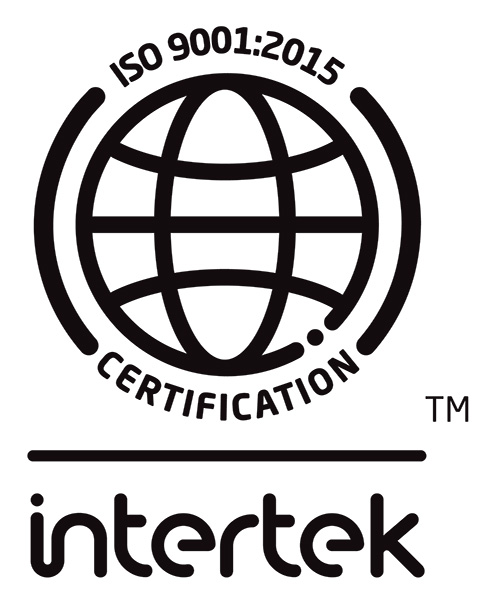
by M. Noble
The first bullet within the CMPT Quality Policy states ”Our vision is to be recognized provincially, nationally, and internationally as a valued contributor to EQA innovation, education and as passionate advocates for continued quality improvement in EQA for the benefit of healthcare, our participants and our program.” Increasingly we find kinship with other EQA providers (especially) microbiology, provision of EQA samples defends and protects not only patient care, but importantly public health.
Some examples of this are in the domain of EQA for susceptibility testing. If a medical laboratory provides incorrect information on antibiotic resistance, this can result in delayed or incorrect care for individual patients. On a larger level it can result in incorrect monitoring of antibiotic resistance in a hospital or community setting. Errant testing may be very local and very specific, or may be wide spread. Testing laboratory performance through EQA samples can contribute to earlier detection of error and implementation of corrective measures.
It is in that context that CMPT helped organize and deliver a survey of international EQA providers through the European Organization of External Quality Assurance for Laboratory Medicine (EQALM) to monitor the performance of their participating laboratories on the detection and reporting of Methicillin Resistant Staphylococcus aureus (MRSA), Vancomycin Resistant Enterococci (VRE), and Carbapenem Resistant Enterobacteriaceae (CRE).
Participants were asked to provide the degree of verification and validation of the isolate and results by the provider prior to send-out, and the style of reporting, and the correctness of the report produced by the laboratories. With respect to correctness of the report, the participants were asked to provide the total number of reporting laboratories, the number that called an isolate ‘resistant, the number that reported the isolate as ‘possibly resistant’ and sent to a reference laboratory, and the number that reported the isolate as susceptible.
Overall 12 EQA programs participated in the survey, which represented 1500 laboratories for which information was available. The greatest number of reports was for MRSA and the least was CRE. This was not a surprise, since MRSA has been a part of the microbiology EQA repertoire for a much longer period of time.
For MRSA, there were reports from almost 1900 laboratories with 97.6 percent appropriately reporting the isolate as resistant and another 0.9 reporting as probable MRSA (submit to reference). Only 2.2 percent missed the presence of MRSA.
The results of VRE were similar. While the total number of laboratories tested against VRE was smaller (653), the number that reported on the presence of VRE or Probable VRE was 97.5% and only 2.5% missed the presence of VRE.
Unfortunately the results were not quite as successful with the CRE. Of the 1536 reporting on the presence of CRE, only 87.5% reported on the definite presence of CRE and 6.4% reported the absence of any resistant bacterial. This large laboratory failure number may not be a bad as it looks, in that variables, such as how the laboratory defined resistance and the methodology used, none the less the failure to report the presence of carbapenem resistance, if carried on clinical samples could potentially extend a hospital outbreak
This style of study has advantages because we can fairly easily get a global sense of success or failure in antimicrobial resistance reporting. The results obtained indicate that resistant isolates are detected by most clinical laboratories tested; however, when considering CRE isolates, almost 1 in 19 could be missed by the laboratories resulting in a lost time, and poorer care.
CMPT expects to continue on participating in these studies and over time will help contribute to reports on the performance of medical laboratories. Further studies will be much more detailed and the information will be much more analytic and critical.
In Canada, most laboratories commonly will retest any isolate that is found to be resistant to carbapenem in order to ensure the accuracy of the resistance designation. Unfortunately the approach may have to change to ensure that all the susceptible designations are also confirmed.




